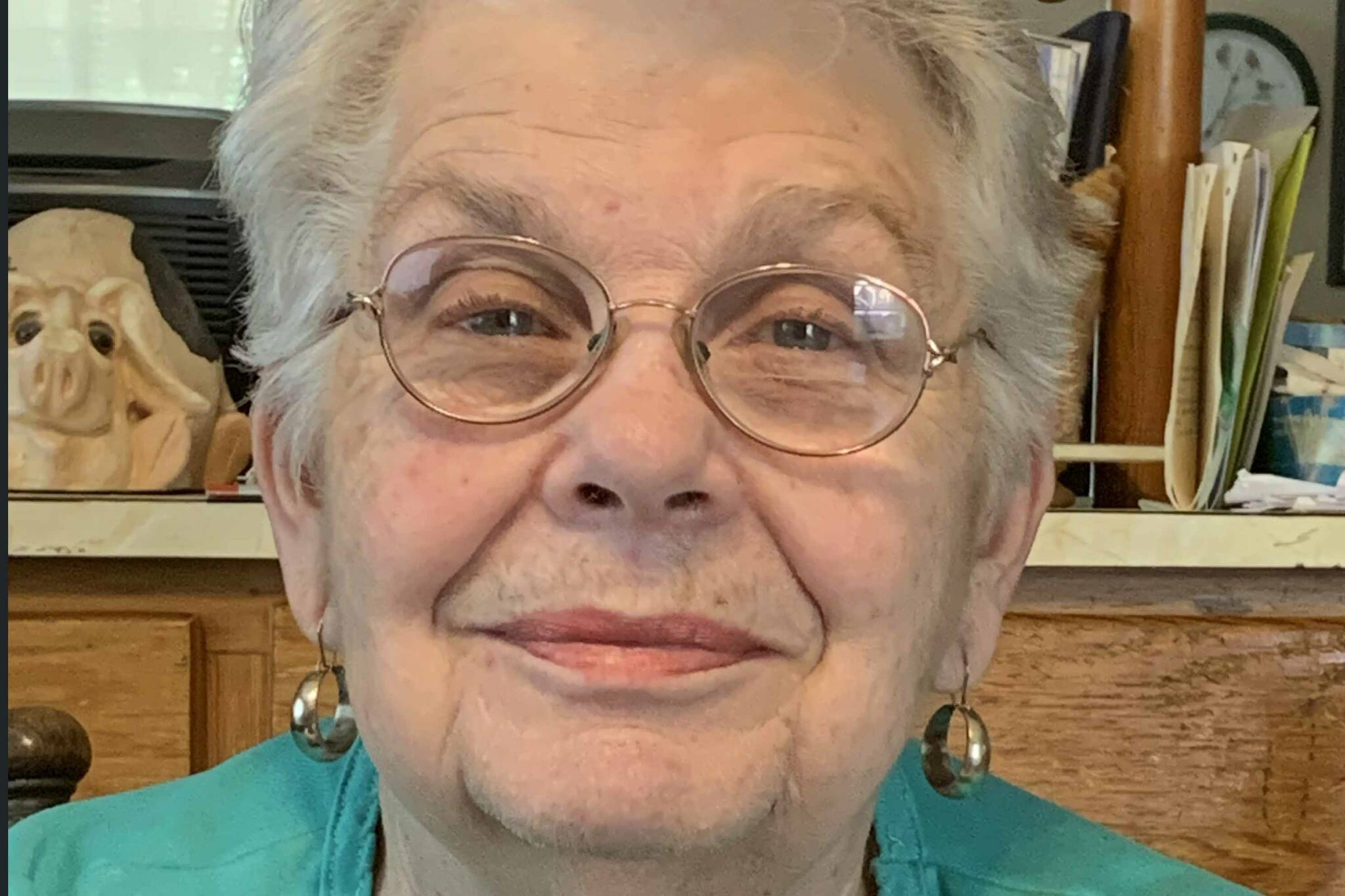I’m stepping out of my usual chatter this time and I’m going to give you a book review. Oh, not of the current bestseller. I’m not even sure what that is this week. I am still lauding “Where the Crawdads Sing.” This is a children’s picture book, “The Naked Mole Rat Gets Dressed.” But first a little back story.
I was listening to NPR one morning and they were doing an interview with the author, Mo Willems, who was talking about turning his book into a musical stage play. OK, after all, “Beauty and the Beast” and “Lion King” made it, why shouldn’t a naked mole rat?
One of the questions they asked him was “Why a naked mole rat?” Willems’ reply really intrigued me. He said he had chosen that character because everyone else was choosing cuddly bears or cute bunnies, frisky puppies or fluffy chicks. A naked mole rat would get the reader’s attention. And it did. So I checked the book out from Kenai Community Library.
Mo Willems writes children’s picture book. He uses a lot of strange characters: a pigeon, a baby elephant, a piglet. He is his own illustrator and doesn’t cutesy up the animals. He uses simple line drawings and muted colors. Willems has won the Caldecott Medal for three of his children’s books and other awards for both writing and illustrating. In addition to writing he also does animation and voice acting for several children’s programs.
I an not sure if you know what a naked mole rat looks like. It is indeed naked: No hair. It is scrawny and pink with protruding front incisors and bulging eyes. Really an ugly animal as animals go but Willems’ caricature makes the mole rat into a more palpable character. Not cuddly, but likeable.
The story begins: ” … for this story you only need to know three things: 1. They are a little bit rat, 2. They are a little bit mole,; 3. They are naked.” Wilbur is the exception. He likes to wear clothes.
The reader sees him dressed in a shirt and tie but when he goes into public the other mole rats scorn him. “Ewwwww!” they say. And “What do you think you are doing?”
When he tries to explain why he likes to wear clothes, they make fun of him, and yell at him, “Naked mole rats don’t wear clothes!” (In bold, black print across the centerfold of the book). He asks “Why not!” The others demand he come before the Grand-pah, the “oldest, greatest, and most naked mole rat ever” to be told why to wear clothes.
The Grand-pah is indeed wise. He ponders and studies then finally declares he will make a proclamation. The mole rats hurry and scurry around, gathering the colony. Wilbur tries to decide what to wear. The reader sees a page of Wilbur’s costumes. In the end he decides to wear only his socks. And still he is stared at and made fun of by the other mole rats.
The Grand-pah appears dressed to the nines! Straw boller hat, shirt and tie. Looking very dapper. He explains that Wilbur’s question ‘Why not?” made him question, also. “Do clothes hurt anyone? No! Are they fun? Well, maybe not for everyone … ”. He says he wishes he’d tried clothes earlier.
Wilbur rushes home to get dressed in his favorite outfit and when he returns he finds many of the colony also dressed and having a party with the naked mole rats. The story ends: ”Much has been said about that day … but you only need to know three things: .. 1. Some of the Mole rats were naked. 2. Some of the mole rats were clothed. 3. All of the mole rats had a great time.”
I haven’t read too many children’s books lately. I’ve heard all the hoopla about brainwashing, grooming, indoctrinating and otherwise “dis-educating” our kids, so I was a little surprised to see a picture book with a solid lesson: Everyone is different; we can all learn from the differences.
Other adults may pick up different lessons, some not so favorable, but reading the story from a child’s point of view leads me to understand it is OK to be a little different, even Grandpa may come around (maybe especially Grandpa).
I remember the childhood morality tales: Aesop’s Fables, some of the Uncle Remus stories, “The Emperor’s New Clothes,” the Book of Proverbs; each had a life lesson I understood better remembering the story rather than if an adult told me the moral.
Today’s child most likely will remember a dressed up naked mole rat when they decide they’d like to step outside some arbitrary tradition. Maybe not diversity as we adults think of diversity, but for a kid it works!
Virginia can be contacted at vewalters@gci.net.

